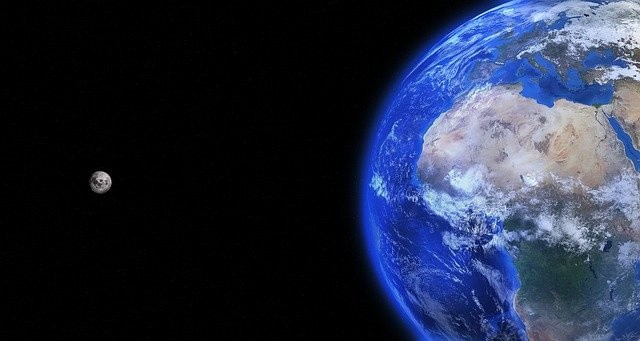
Bubbles in space are suggested as a measure to cut the effect of solar rays on carbon dioxide that increases greenhouse gases.
Environment in Entropy
The main reason for an enormous rise in global average temperatures at a speed never before recorded in Earth's geological record is climate change, which is brought on by releasing glasshouse gases like carbon dioxide and methane, reported Science Alert.
Stopping the environment from going bust could be a little too late, an MIT team suggested a new solution unheard of, space bubbles, noted Senseable.
Experts say that it has two goals in mind: to reduce carbon emissions before it gets worse, but harm has been done from more than one hundred years of the industrial age, setting a downslide for the climate.
Living with the catastrophic effects of climate change for decades or perhaps centuries to come, even if all emissions of greenhouse gases were to cease completely tomorrow.
The worst effects of rising sea levels and extreme weather are destroying the world's food-producing regions, citing Universe Today.
Methods to limit the generation of carbon or to cut down on the amount of sunlight that enters the atmosphere.
How Space Bubbles Work
It is difficult to accomplish in a complex, dynamic climate and a challenging atmosphere generating a raft of tiny, bubble-like membranes.
These bubbles in space membranes in space cover the Earth by reflecting or absorbing sunlight. Scientists believe that a 1.5% decrease in solar radiation will be enough to change the level of glasshouse gas emissions from sources.
Read Also : Hunter Biden's Wealth: How Rich Is the President's Son After Business Dealings Unearthed?
It is murky and has to be clarified; for example, what materials make up a bubble and how to get one into space. The region is near the Earth-Sun system's first LaGrange point.The bubble raft is kept stable by balancing the gravitational pulls of the Earth, the sun, and even other planets, including issues, including solar winds, micrometeoroids, and radiation from space.
One of the largest man-made structures in space would be created if it were huge enough to absorb sunlight.
This space-based technique, according to MIT researchers, is completely reversible, but only in a limited sense. If the bubble raft doesn't perform, it can be dismantled or float in space. One obstacle is the climate, whose operation and complex feedback loops are poorly understood.
If solar radiation is blocked by 1.5% over decades or centuries, how can that impact the planet's climate?
One of the questions is whether there is the technological and intellectual capacity to execute it. Next, finding a way to reduce the quantity of sunlight that reaches the planet does nothing to address the root cause: human activity is gravely harming the planet's climate and biosphere.
Furthermore, if covering with bubbles is the solution, why should we stop polluting or emitting glasshouse gases if we can add more bubbles to the raft? The answer is to know the problem and not be ignorant about it.
Accepting that there is still a lot of research to be completed, I wouldn't be surprised if, after years of work, the complexity of this suggested solution became apparent. Placing bubbles in space that absorb solar rays to reduce effects on carbon emissions by about 1.5% might make a difference but till then.
Related Article: Western Lowland Gorillas Use Unique Vocalizing Sound To Communicate With Humans, Like Chimps
© 2025 HNGN, All rights reserved. Do not reproduce without permission.








